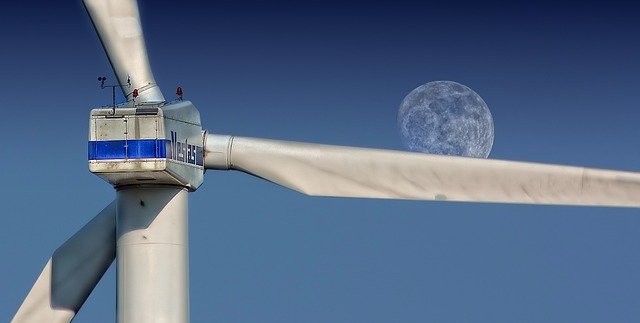The Arguments Over Wind Turbines

Are the Reasons valid or just technophobia?
Wind power has been recognized globally as a source of renewable energy and that’s why they are being employed globally. In recent years, Wind power has become increasingly popular because it generates electricity without burning fossil fuels or emitting greenhouse gases into the atmosphere. Despite the fact that wind turbines are a familiar sight in much of the U.S., wind power still accounts for an estimated 4% of the power sector. There’s no doubt about the immense potential for wind energy, in fact experts suggests that wind power can easily supply more than 20% of U.S. and world electricity. This blog-post enumerates some of the arguments for and against wind energy to help you see its immense potential for the future. Many of the arguments against wind power follow a pattern. Many people dislike or fear advanced technology – technophobia. Some of the arguments against wind turbines include the following:
- Costs
The high maintenance cost claimed by many is highly debatable. Both small residential wind turbines and utility-scale wind farms usually rely heavily on financial incentives. This is basically to give wind energy a fair chance in the fierce competition against already established energy sources like coal and fossil fuels. Just like the auto industry developed the automobile to what it is today, in time wind turbines will be a reliable energy source. It is also interesting to note that the prices have continually decreased over the years since 1980, up to 80% reduction in prices thanks to increased demand and technological advancements.
- Threat to Flying creatures
The chances of surviving a direct hit from a rotating wind turbine blade is very slim for bats, birds and other flying creatures. Conversely, some environmentalists have blown this issue out of proportions. Studies reported that U.S. Wind turbines results in an estimated 10,000 to 440,000 avian fatalities. However, the same study revealed that collisions with buildings may result in the death of about 976 million birds. Furthermore in recent years, turbine designs have changed radically. The blades are now solid, implying that there are no lattice structures to attract birds looking to perch. Moreover, the surface area of the blades are much larger, hence they don’t have spin as fast as blades with smaller surface area to generate power. Modern design turbines are now mounted on tubular towers and their blades spin only about 15 times per minute. Slower-moving blades mean fewer bird collisions.
3. Noise
For most people living in proximity of wind turbines, noise may be a problem because they are not quiet. The sounds wind turbines produce are usually foreign to the rural setting where they are often used. However, with the significant improvements in turbine technology, the noise has reduced considerably. The noise of wind turbines do not also obstruct normal daily activities, such as quietly talking to one’s neighbor. Latest designs show momentous improvements compared to previous models and produce less noise.
4. Looks
People have varying reactions to the sight of wind turbines, some people see elegant symbols of environmental progress and economic development of modern technology, while others might see industrial infringement in rural and natural landscapes. When compared to other major sources of energy (nuclear, solar and coal) wind turbines leave a smaller footprint on land. There are several ways by which this problem can be mitigated. Wind turbines may be built outside urban areas, painted with a neutral color or designing the turbine uniformly to minimize the visual impact.
Enormous Potential
As highlighted in the introduction of this article, wind power has an incredible potential in the next decade. Research revealed that the worldwide potential of wind power is more than 400 TW (terawatts). Even though, wind power only accounts for a small percentage of the total worldwide electricity production, the capacity is increasing at an unbelievable rate of 25percent per year (2010). Not only will this help in the fight against global warming, but will also contribute to lowering costs.
In conclusion
The development of numerous large wind farms (both on and offshore) is on right at this moment, the future of wind power looks promising. It will be fascinating to see what lies in the future. The U.S. is working hard to produce at least 20% of its electricity by wind power by the year 2030. For the sake of our planet, rural economic revitalization, national security and resource preservation we must encourage a renewable energy economy. Wind energy can be a basis of that sustainable energy future because it is affordable, does not cause environmental pollution, generates hazardous wastes, or deplete natural resources. Embracing wind power today will lay the foundation for a healthy tomorrow.




